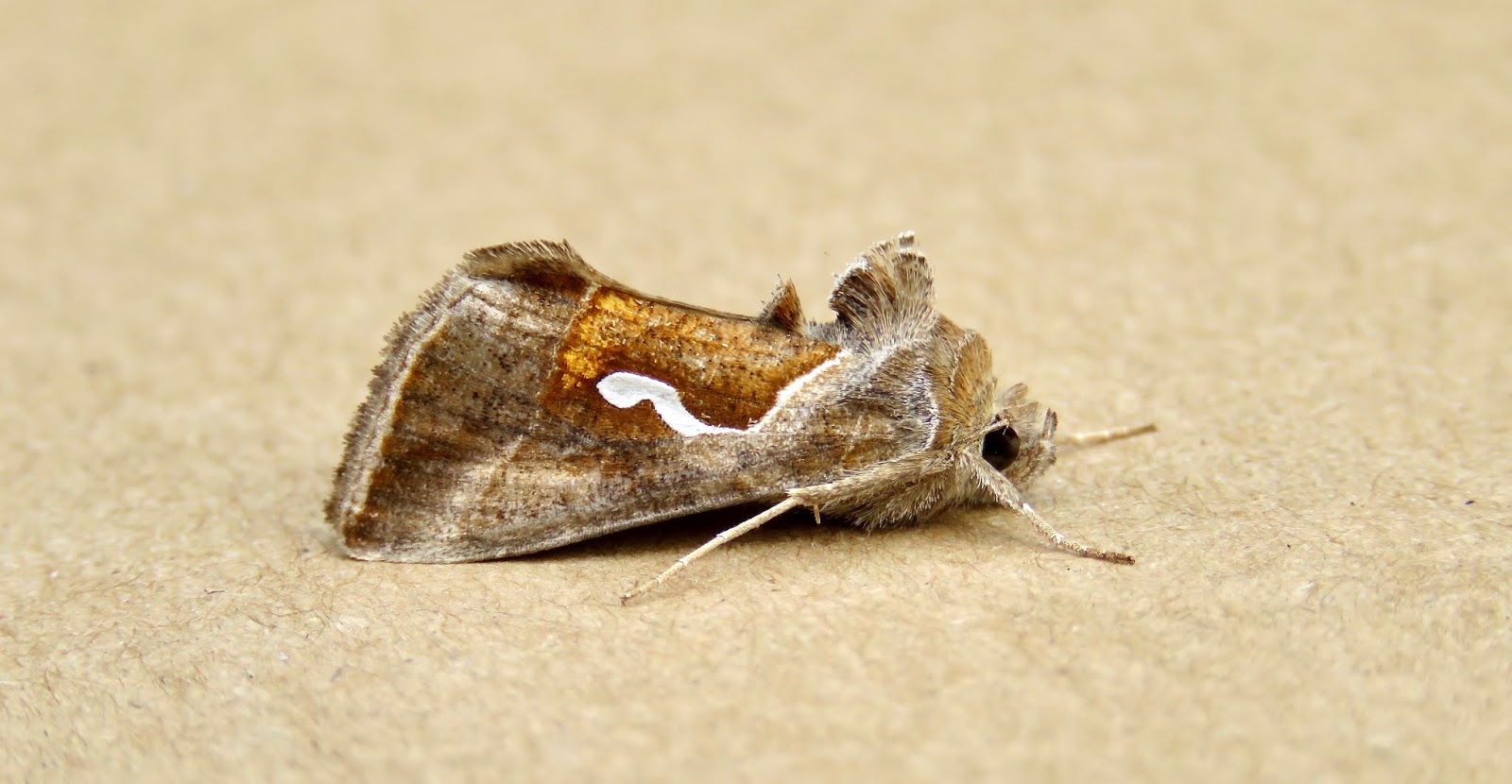I cannot really complain

For the past two early-autumns I have visited a small section of the Sussex South Downs to get a birding fix. In a vague rectangle, between Burpham in the west, Steyning in the east, Chanctonbury in the north and Cissbury in the south, there is a delightful mix of chalk grassland, pasture, crop, copse and hedgerow, all with a good track record for birds in number and species of some repute. In my previous visits I have come to expect some big passerine flocks and migrant choked vegetation, but today was a bit of a disappointment. Passerine numbers were much depressed, especially warblers, and it was, at times, hard going. I did end up seeing a Marsh Harrier, a Hobby, four Yellow Wagtails, 13 Wheatears, five Whinchats, a Spotted Flycatcher, a Common Redstart, a Sedge Warbler and 50 Corn Buntings, so I cannot really complain. I will try and get back before September passes the baton to October, as this land is excellent for chats.








